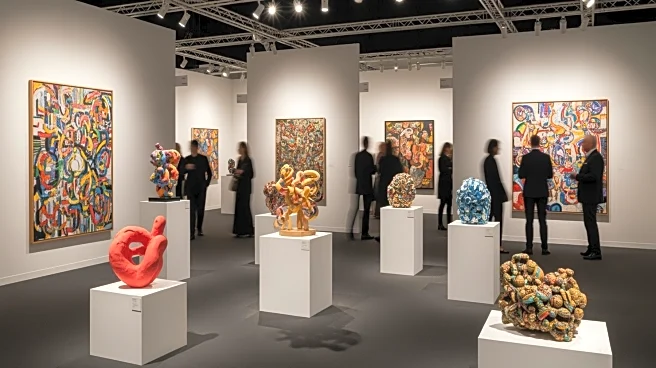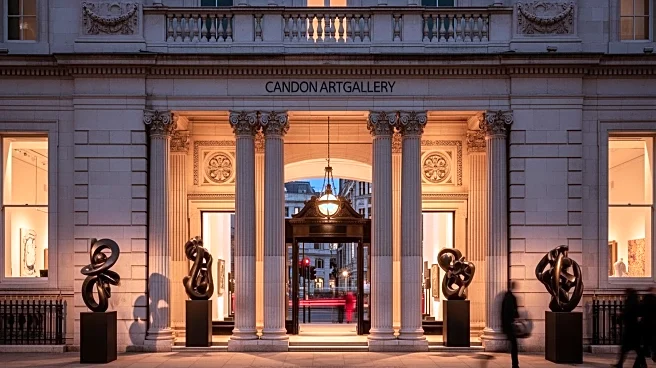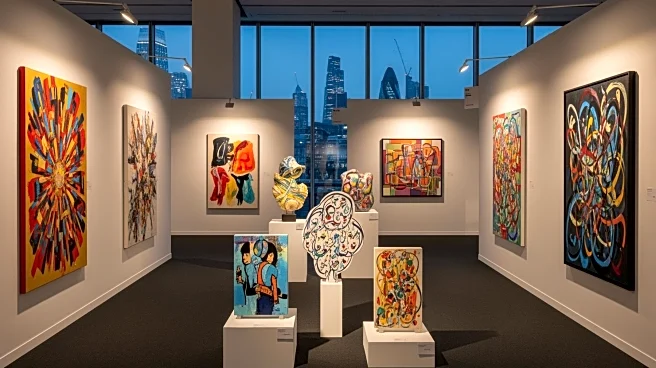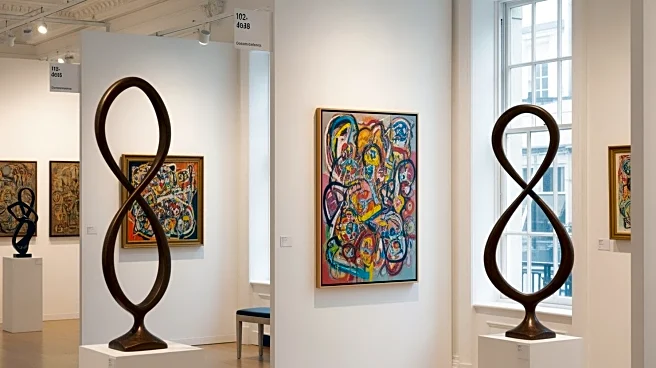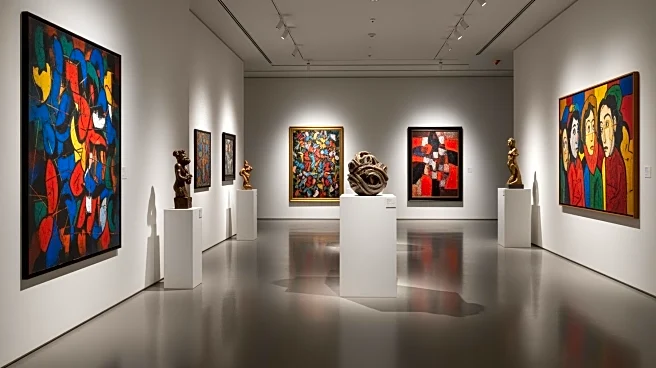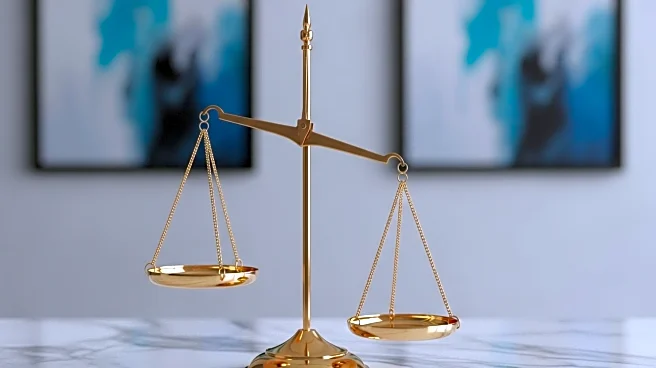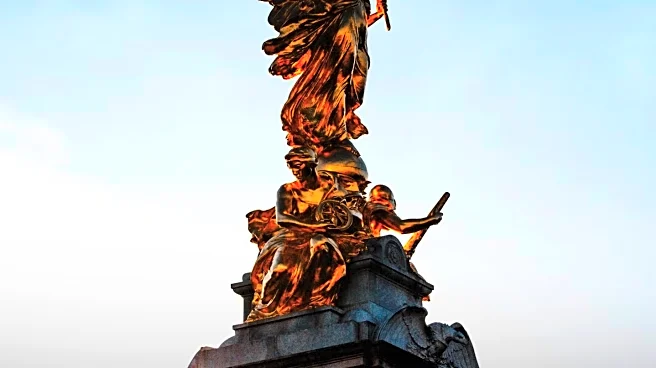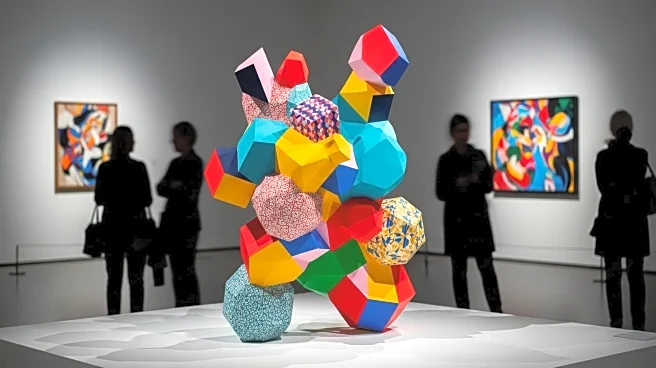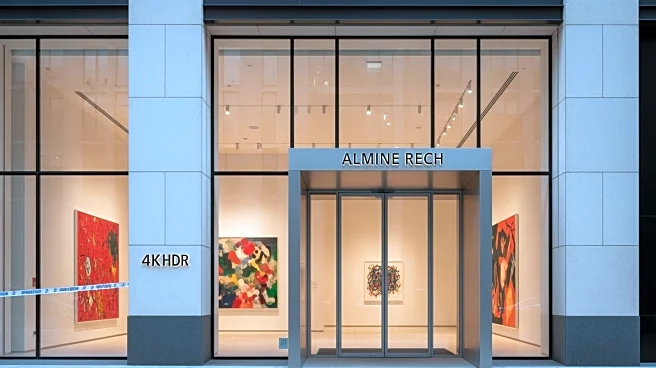What's Happening?
Christie's held its 20th- and 21st-century evening auction in London, marking a significant event in the art world with a total sale of $142.8 million. The auction featured works from notable collections,
including those of Ole Faarup, Tiqui Atencio, and others. Peter Doig's painting 'Ski Jacket' was the top seller, fetching $19.2 million, surpassing its estimated range. The auction set new records for four artists, including Annie Morris and Paula Rego. However, not all works met expectations; Yoshitomo Nara's 'Haze Days' went unsold, highlighting the price sensitivity among buyers. The auction achieved a sell-through rate of 92% after withdrawals, with third-party guarantees playing a crucial role in maintaining high sell-through rates.
Why It's Important?
The auction's results underscore the current dynamics in the art market, where price sensitivity and third-party guarantees are pivotal. The success of Peter Doig's painting reflects strong demand for certain artists, while the unsold works of others, like Yoshitomo Nara, indicate selective buyer interest. This event highlights the importance of strategic guarantees in auctions, influencing both sell-through rates and final prices. The auction's outcome may impact future sales strategies and artist valuations, affecting collectors, galleries, and investors in the art market.
What's Next?
Following Christie's auction, attention shifts to upcoming sales at Sotheby's and Phillips, which may further reveal trends in buyer behavior and market preferences. These events will likely continue to test the effectiveness of third-party guarantees and the market's appetite for high-value art pieces. Stakeholders in the art industry will be closely monitoring these auctions to gauge the ongoing impact of economic conditions on art sales and investment strategies.
Beyond the Headlines
The auction's results may influence the cultural valuation of contemporary and modern art, potentially affecting museum exhibitions and private collections. The reliance on third-party guarantees raises questions about the sustainability of current auction practices and their impact on artist reputations and market stability. Long-term shifts in art investment strategies could emerge as buyers and sellers adapt to evolving market conditions.



